NASCENT PHASE
early rave days. credit: veronica richards
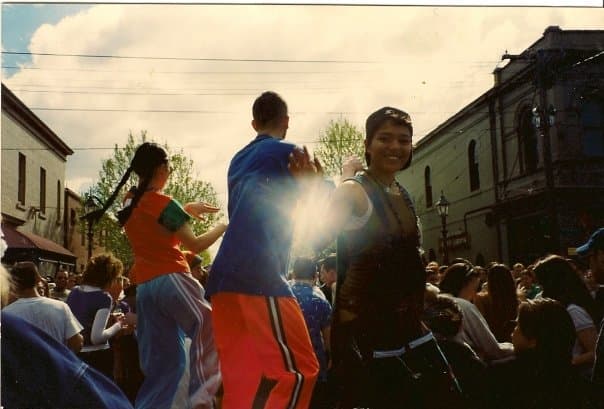
wrong shop ravewear editorial images. credit: veronica richards.
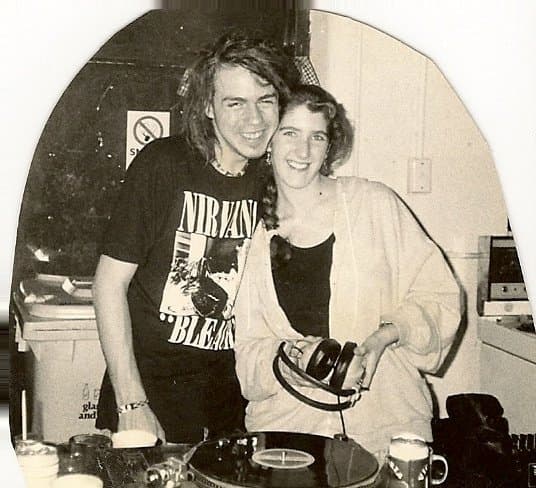
Flyers: (L) 'Quadrant', 27 July, 1991 at 14 Anthony Street, Melbourne (R) 'Quadrant 3', 16 May, 1992 The Club at 231 Smith Street. courtesy of Emmy Boudry
UNDERGROUND
Flyers: (L) 25 July, 1992, RAIN DANCE at 252 Flinders Lane (R) 21 September, 1991, WHIRL-E-GIG at Banana Alley Vaults
early rave days. credit: veronica richards.
A CONVERGENCE OF THE ARTS
wrong shop editorial collages, early 90s. credit: veronica richards.
In the cracks between the universities, warehouses and townhouses, small cultures flourished, and a do-it-yourself culture blossomed.“It was a new, fresh frontier,” Andrew said.“We were given a blank canvas to do what we wanted to do, really, from being a musician to being a party organiser to being a DJ to being anything. It was a really fresh and interesting time.”Electronic music was slowly reaching more ears, and the subculture was becoming delineated through community radio, community television, and the street press.
(L) wrong shop flyer (r) street press! beat magazine, early 90s. credit: veronica richards
wrong shop ravewear editorial images. credit: veronica richards.
scans of a 60-hour cyberthon user manual and schedule. credit: veronica richards
flyers: (l) 4 july 1992, QUADRANT 4 BACK TO EARTH at The Club. 231 Smith Street (r) 28 March 1992, QUADRANT 2 IN 3D at The Club. 231 Smith Street, Collingwood. COURTESY OF EMMY BOUDRY.
VR machine featured in early 90s wrong shop ravewear editorial. credit: veronica richards.
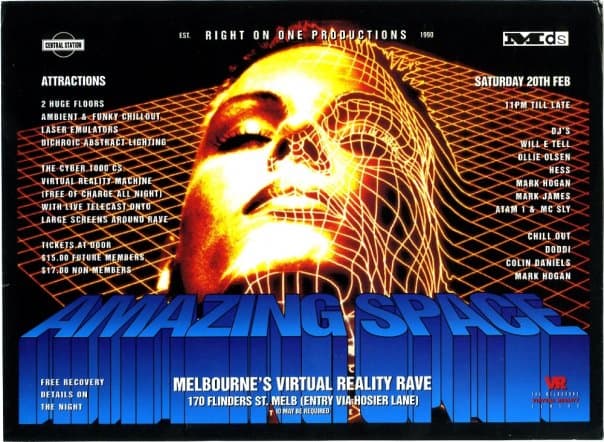
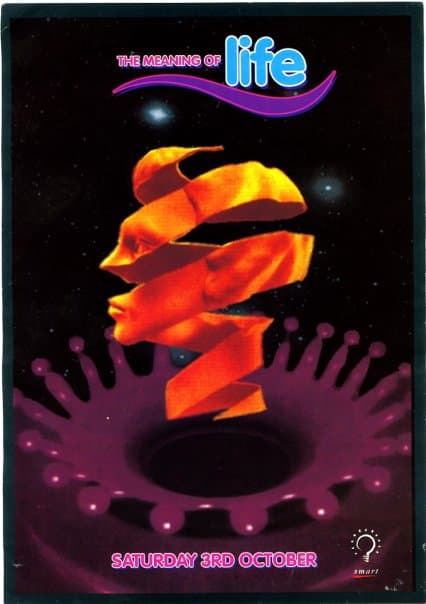
As happens today, the cops would shut down raves purely on the basis of noise complaints.“I would go to the local police station at about 8 o'clock at night, well before the rave had started, and had my sweet little English accent and I’d flutter my eyelashes,” Emmy said. “I’d say, ‘Oh, just letting you know that we're having a 21st birthday party at such-and-such-address, and there's going to be a few people, we hope it's not too loud, but I just thought I'd come down and let you know.’”“There were no mobile phones, there was no social media, there was nothing, it was just a group of people. And there was so much love, so much energy, and life on that dance floor and everyone connecting and knowing that we're all part of something special.”
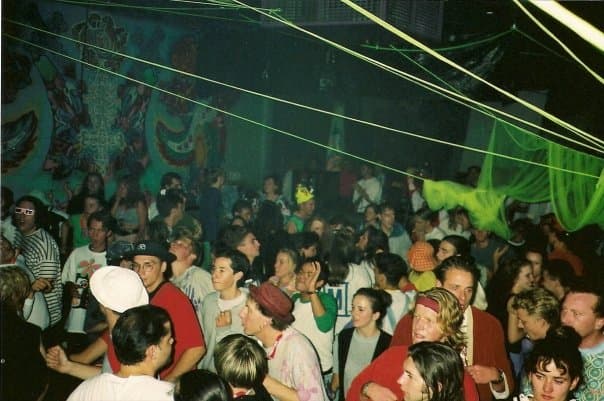
THE HIGH PEAK BEFORE THE FALL
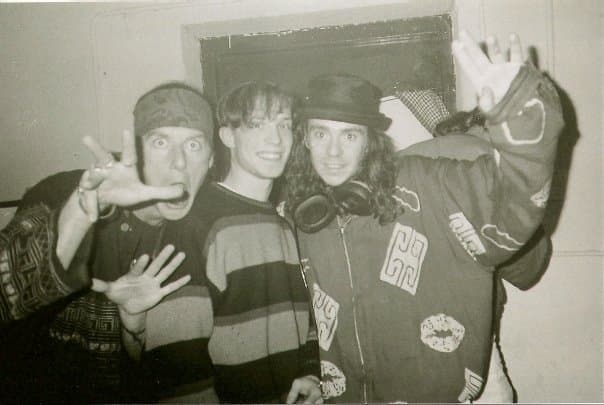
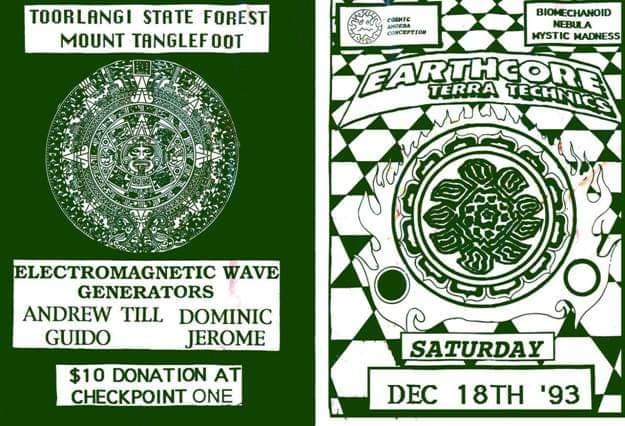
flyers: (l) 21 december 1991, UTOPIA - A UTOPIAN ECSTMAS (r) 22 February 1992, FLOATATION at 3 South Wharf Road, Next to the Polly Woodside. COURTESY OF EMMY BOUDRY.
credit: veronica richards.
POST-METAMORPHOSIS
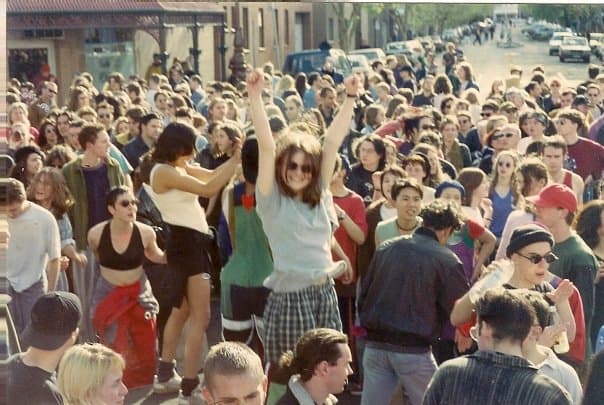
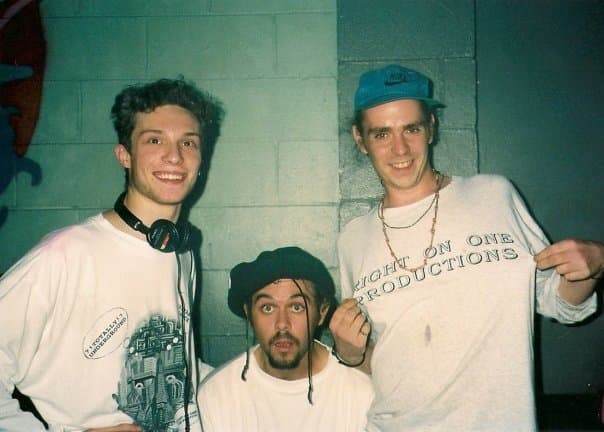
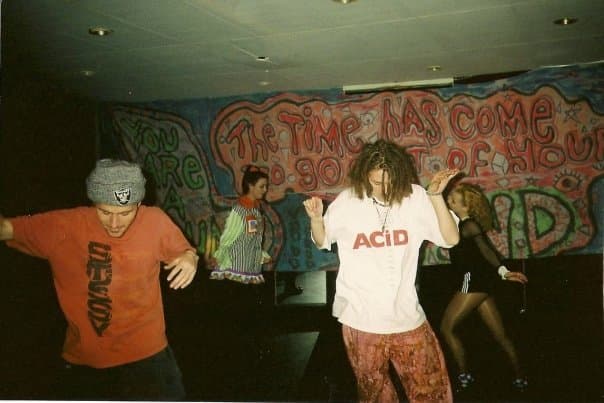
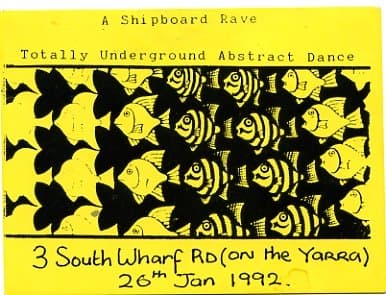
early rave days. credit: veronica richards.
flyer: 22 May, 1993, HIGH ON HOPE. COURTESY OF EMMY BOUDRY.
credit: veronica richards
flyer: 29 July, 1994, DANCE ENERGY @ 14 Highlander Lane. COURTESY OF EMMY BOUDRY
wrong shop ravewear editorial. credit: veronica richards
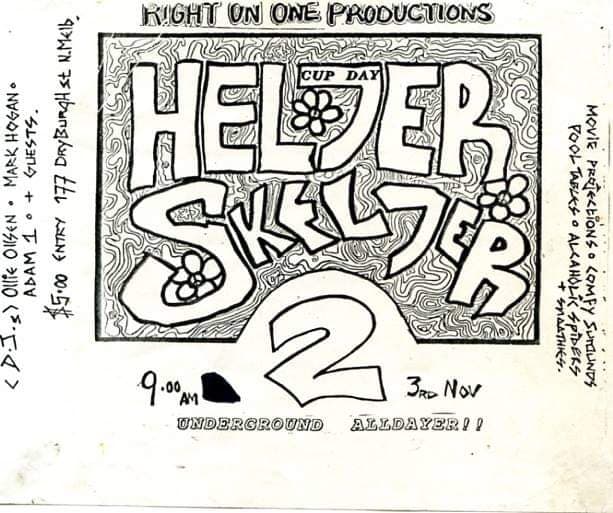
mum (R) wearing her ravewear designs
